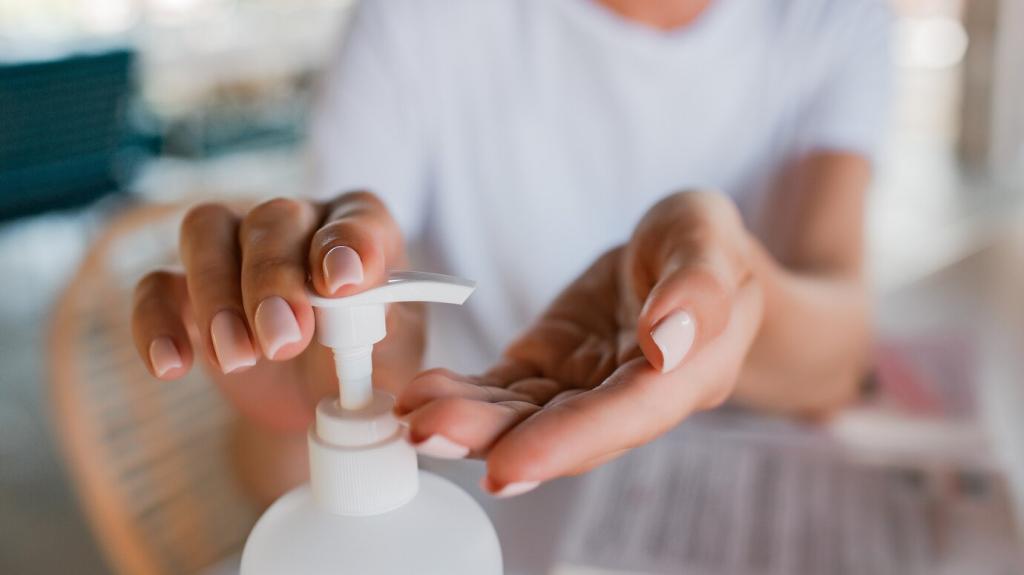Natural Products for Wood Furniture Care: Nourish, Protect, and Let the Grain Shine
Today’s chosen theme: Natural Products for Wood Furniture Care. Step into a calmer, healthier way to care for your favorite pieces—using beeswax balms, botanical oils, and gentle, plant-derived cleaners that respect wood’s nature. Follow along, share your routine, and subscribe for more hands-on, earth-friendly guidance.

The Nature-First Care Philosophy
Wood is porous, and natural oils like tung or walnut can penetrate fibers, replenishing lost moisture while enhancing depth and chatoyance. Waxes, especially beeswax and carnauba, create a breathable shield. Together, they feed, protect, and leave a warm, tactile finish that invites daily touch.
The Nature-First Care Philosophy
Choosing plant-based polishes can lower exposure to harsh solvents and high-VOC aerosols, supporting indoor air quality. Subtle botanical scents replace sharp chemical smells, making maintenance more pleasant. If air health matters to you, subscribe for seasonal tips and naturally fresh housekeeping routines that complement wood care.




Match Care to the Finish
Oil-finished wood welcomes replenishing treatments. Thin coats of pure tung or polymerized linseed sink in, harden, and deepen tone. After curing, a light beeswax buff adds soft sheen and improved hand feel. Always patch test under a chair seat or inside a leg apron first.
Match Care to the Finish
Film finishes mostly sit on top, so focus on dusting, gentle soap solutions, and occasional wax for slip and gloss. Avoid saturating with oil, which cannot penetrate and may haze. Use a damp—not wet—cloth, then buff dry. Share your finish type below for personalized suggestions.



Everyday beeswax balm
Melt 1 part beeswax with 4 parts oil (tung or walnut) using a double boiler. Optional: add 5–10% carnauba for hardness and a drop of vitamin E as an antioxidant. Cool, label, patch test, then apply sparingly and buff with patient, circular passes.
Gentle citrus cleaner, used wisely
Mix warm water with a small splash of castile soap and a few drops of citrus d-limonene. Lightly dampen a microfiber cloth and wipe; never over-wet. Avoid on freshly waxed surfaces or shellac. Rinse cloth, dry immediately, and follow with a wax buff if needed.
Patch testing and proportion tweaks
Always test inside a cabinet or beneath a tabletop edge. If the surface feels tacky after a day, reduce oil; if too hard to buff, reduce carnauba. Take notes, adjust ratios seasonally, and tell us which mix brought your furniture’s personality forward best.

Application Mastery: Technique Matters
Dust first, then apply in thin, even strokes that follow the grain’s direction. This minimizes cross-grain residue and enhances clarity. After a short set time, buff with a clean microfiber, building warmth with friction. The grain will reward you with a deep, inviting glow.
Multiple whisper-thin coats beat one heavy application. Allow oils to penetrate, then wipe all excess to avoid tackiness. Respect cure times—days, not hours—for true hardness and smudge resistance. Your calendar is your friend; schedule coats and share your timeline tricks with fellow readers.
Dry winters and sunny windows challenge finishes. Humidify gently, rotate pieces out of direct sunlight, and refresh wax seasonally. For dining tables, a quick quarterly buff keeps surfaces lively. Comment with your climate, and we’ll recommend a natural maintenance rhythm tailored to your conditions.

Safety and Sustainability First
Dry oily rags flat outdoors or submerge in water inside a sealed metal container to prevent spontaneous combustion. Never pile them. Label containers and follow local disposal guidelines. A few careful minutes protect your home, your workshop, and the heirlooms you’re working hard to preserve.

